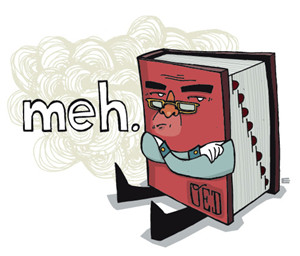
今天的《詞匯大師》討論的是表達(dá)情緒的詞匯……
February 16, 2005
AA: I'm Avi Arditti with Rosanne Skirble, and this week on Wordmaster: words that express emotion.
RS: Suppose someone gave you two minutes to write down as many different emotions as you could think of — for example: happy, sad, angry. You're also told to rate each emotion as "unpleasant," "neutral" or "pleasant." What would come to mind?
AA: That's what groups of English speakers in Chicago, and Spanish speakers in Mexico City, had to do for a study led by Robert Schrauf, a linguistics professor at Penn State University.
ROBERT SCHRAUF: "So that data was available to me, and I began to analyze it one day and found this rather curious difference. And that was that about 50 percent of the emotion words that people mentioned were negative, and about 30 percent positive and 20 percent neutral. And those proportions were consistent across all of these groups, from young Mexicans to older Mexicans in Mexico City and young to old English speakers in Chicago. For instance, here is the young Anglos', in order, the first five: happy, sad, angry, excited, afraid.
"Now what's curious about that list is, happy is positive. That's one word. Then there's sad, angry, afraid — that's three negative — and excited, which generally comes across to people as a neutral word."
RS: "What does this tell us, that 50 percent are negative, 30 percent are positive and 20 percent are neutral? What does this tell us about our emotions, or how we express ourselves?"
ROBERT SCHRAUF: "Right, so that's the curious thing. So you could look at that list and entertain a number of hypotheses. You could say, 'well, you know, human beings just have more negative experiences than positive ones, and therefore ... ' Or you might think that people take dour views of things, I don't know. So what became interesting was how to explain this. And I went back to the literature and found that the theorizing about emotions is as follows:
"We tend to think that there are positive and negative emotions on a kind of a continuum. But both the behavioral and the neurophysiological literature suggest that actually there are two channels [in the brain] for processing emotions — one negative and one positive.
"And what happens is, it seems to me — or the explanation I'm taking from the literature — is that we respond to negative emotions by thinking more carefully, in a more detailed manner, and we respond to positive emotions by thinking more schematically. We tend to process those more facilely. So my response to a happy emotion is to sort of think top-down, to think that things are moving as they should in the world or perhaps a bit better.
"And that makes sense from an evolutionary perspective. I mean, if there's danger or threat, then I need to pay a great deal of careful attention to that. If things are going OK, then it's benign; I can sort of move ahead."
RS: "I find it very interesting, the comparison across cultures in the studies that you reviewed."
ROBERT SCHRAUF: "Right, right. So let's say there are five to seven basic emotions which we'll find with appropriate emotion words present in all languages and all cultures. I mean, we would have to do an empirical study to find that, but the evidence that we've gathered so far tends to suggest that that's true. What makes cultures unique are all of those non-basic emotions that once you get through joy, anger, fear, sadness — those initial very pan-cultural words and pan-cultural emotions — then there are long lists of emotion words in each language that make rather curious distinctions that are not translatable.
"So an example in Spanish, for instance, is 'verguenza,' which we translate as 'shame.' But it's a far more powerful word than our word shame. Or for instance, in German, 'schadenfreude' is a word that implies a feeling of glee at someone else's misfortune, and we don't have an appropriate translation in English."
AA: Professor Robert Schrauf, speaking to us from the studios of WPSX at Penn State University. His report, written with researcher Julia Sanchez, can be found in the Journal of Multilingual and Multicultural Development.
RS: That's all for Wordmaster this week. Our e-mail address is word@voanews.com. And Internet users can download our reports, back to 1998, at voanews.com/wordmaster. With Avi Arditti, I'm Rosanne Skirble.











